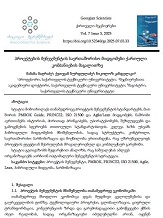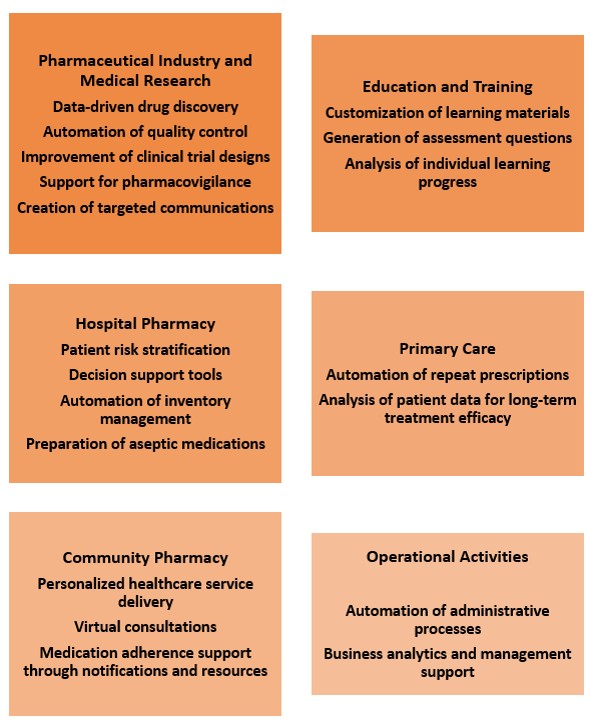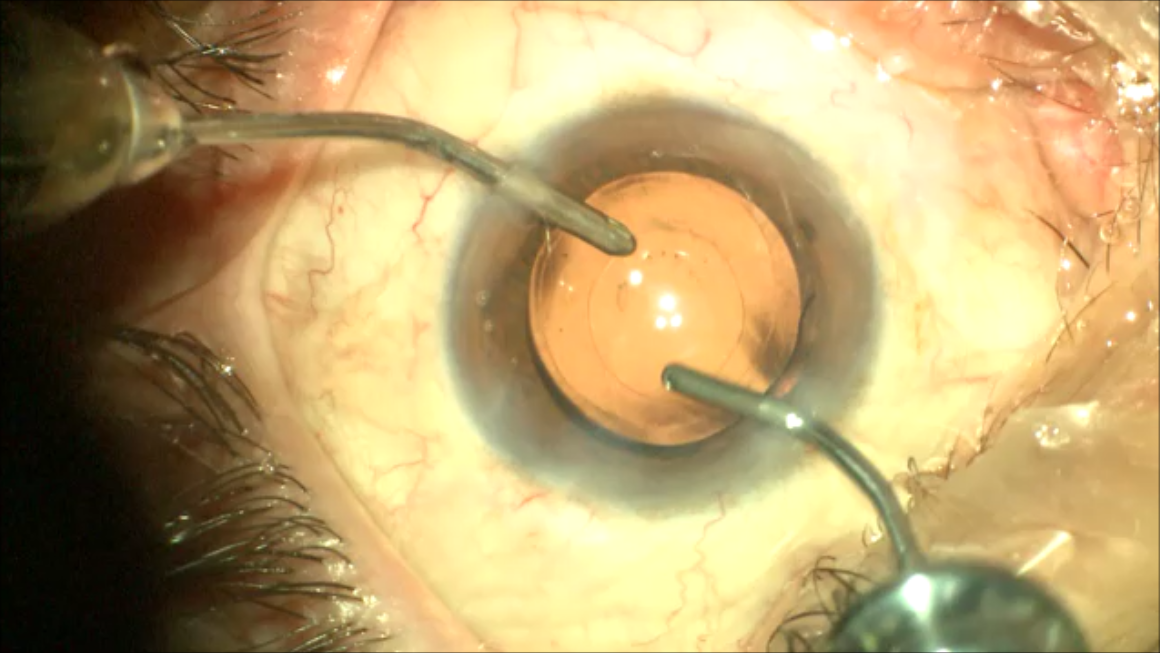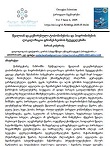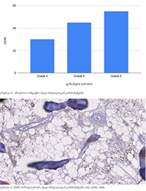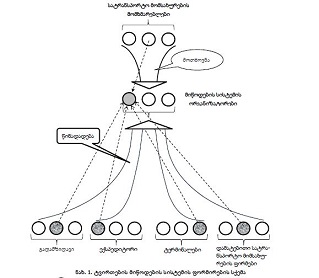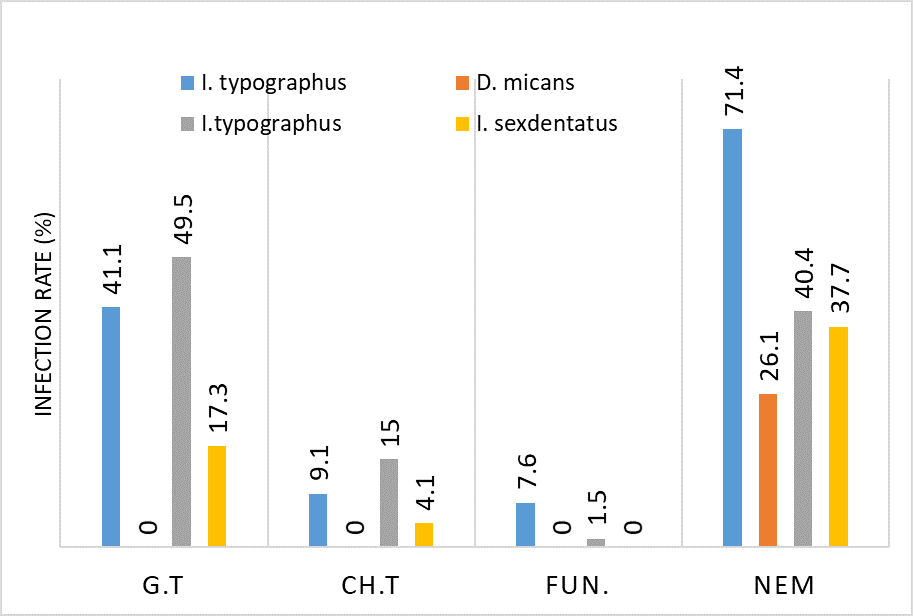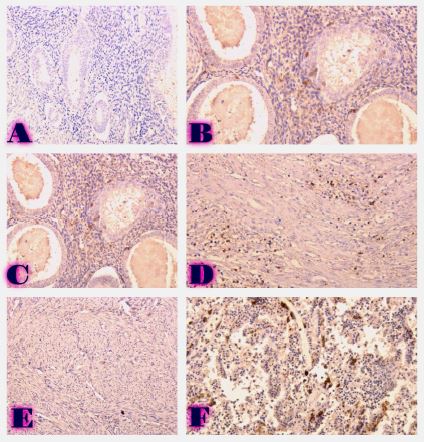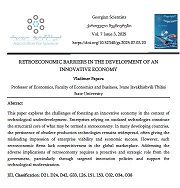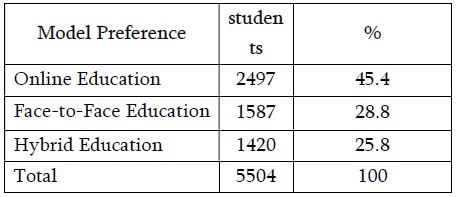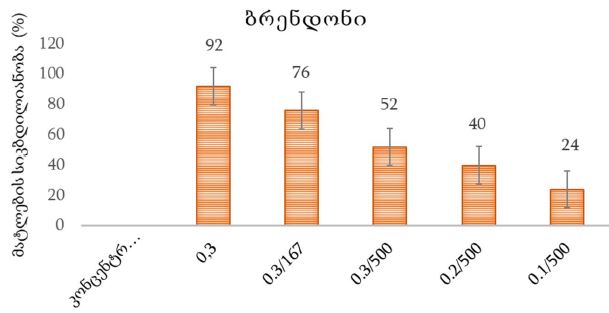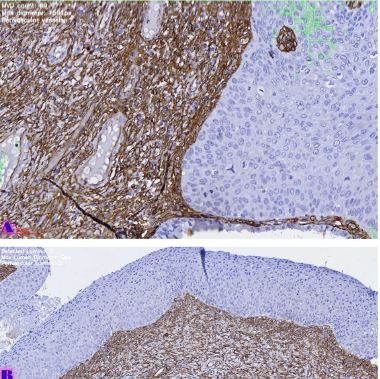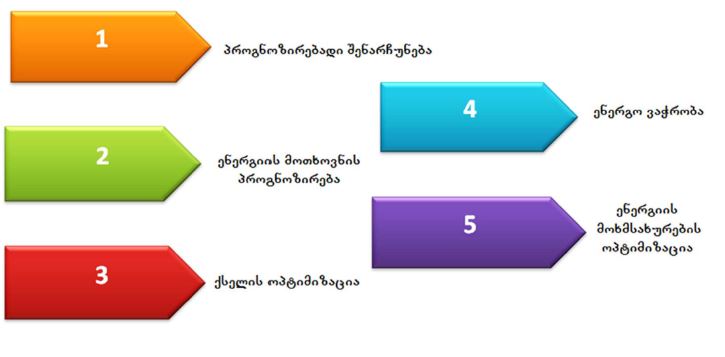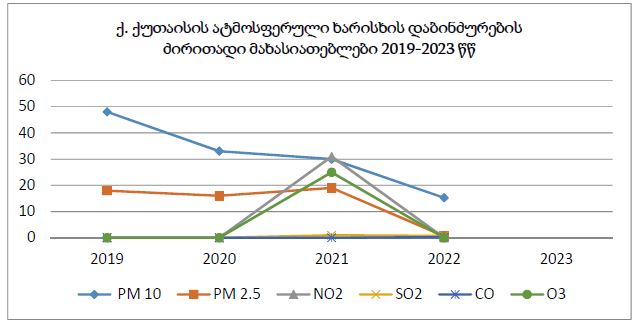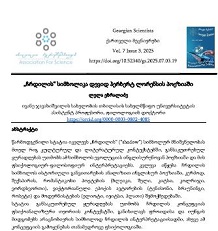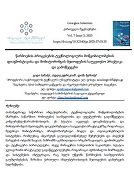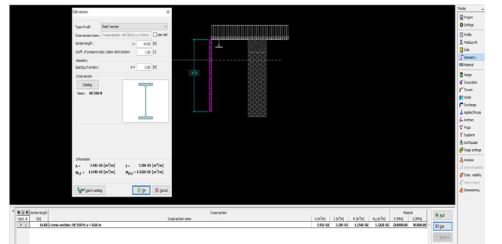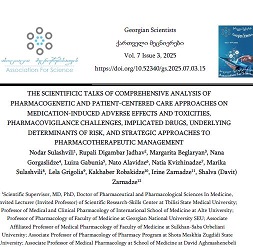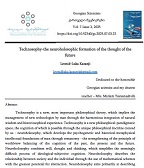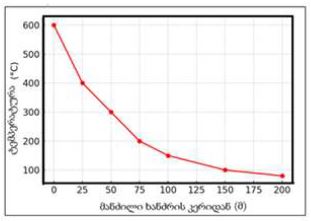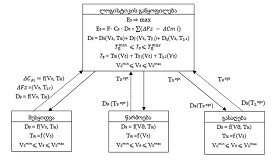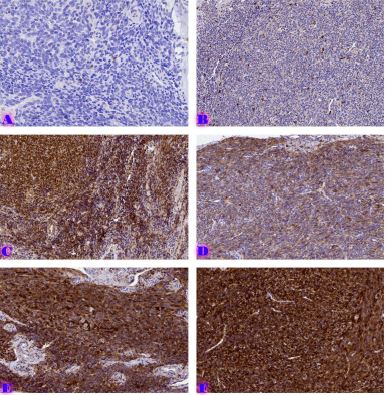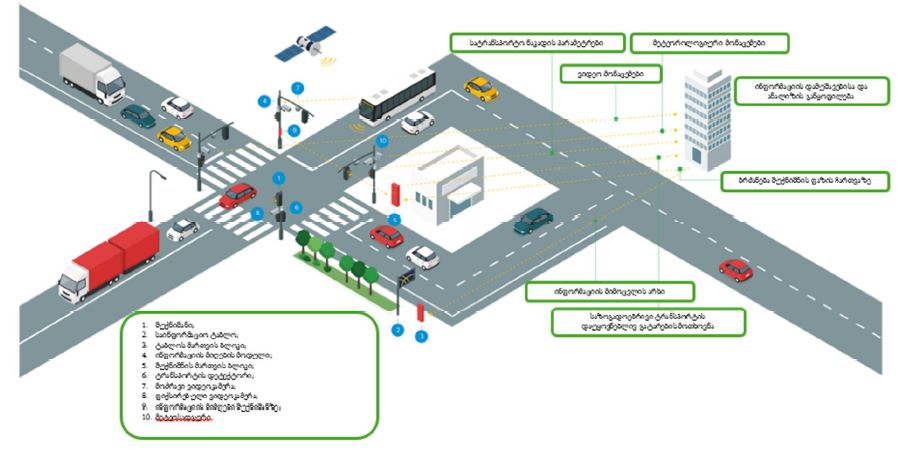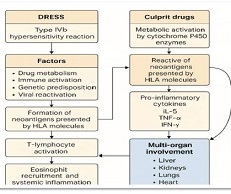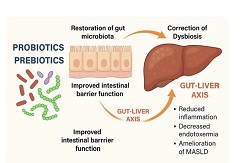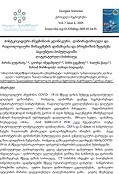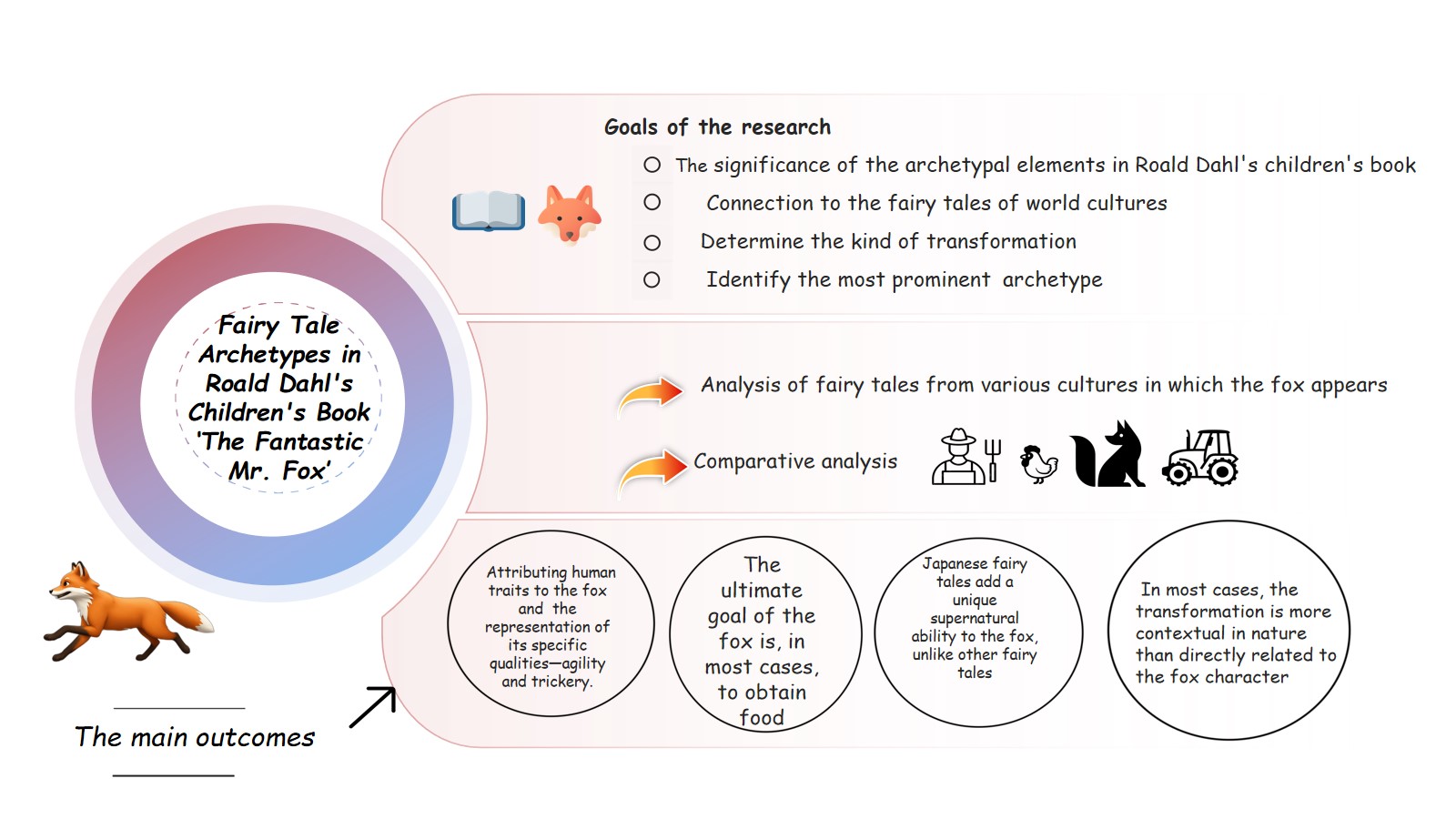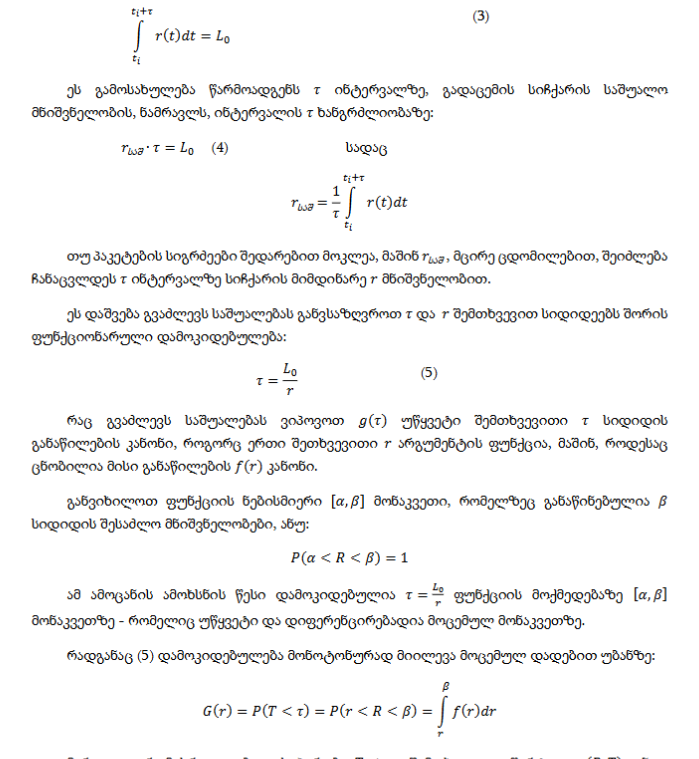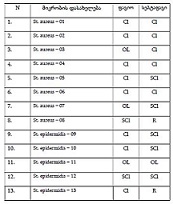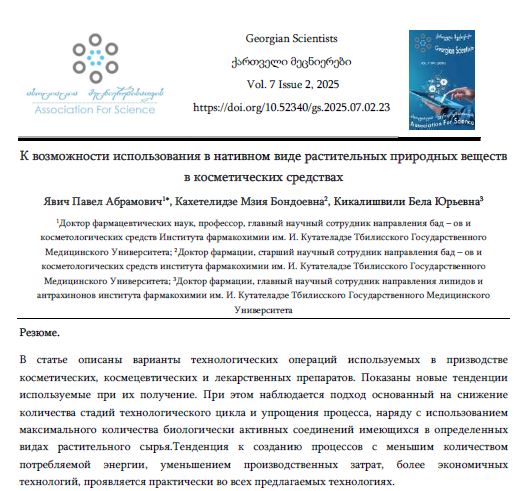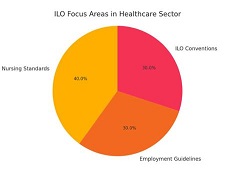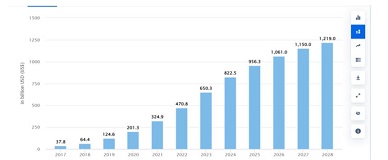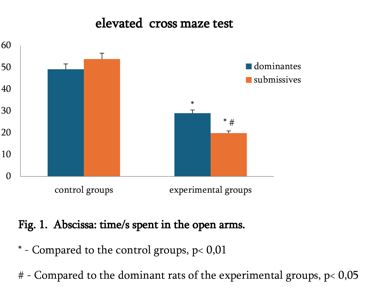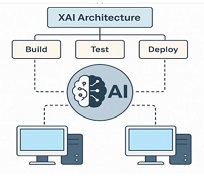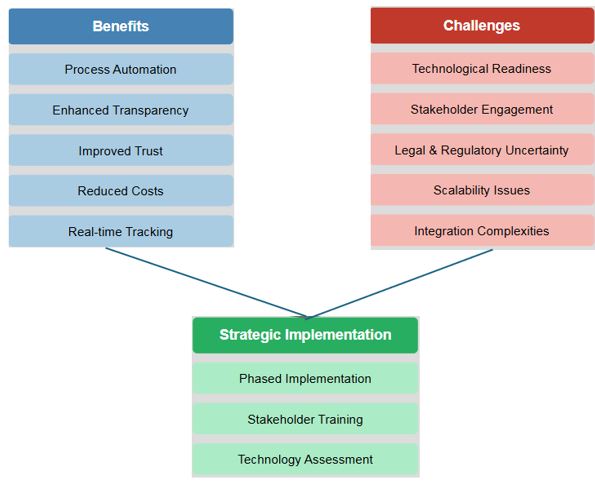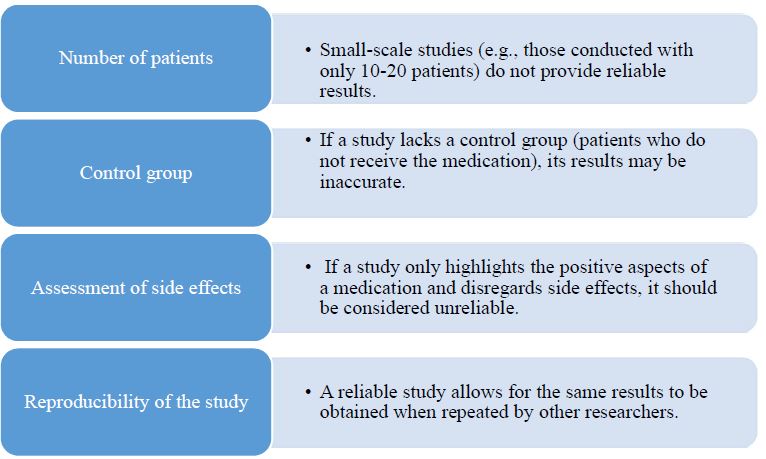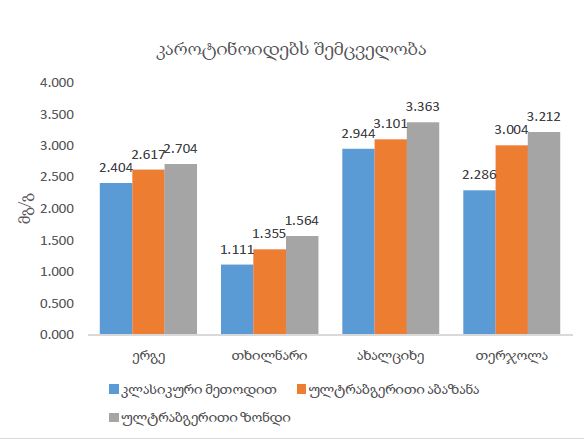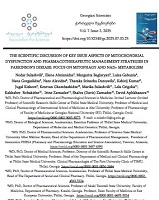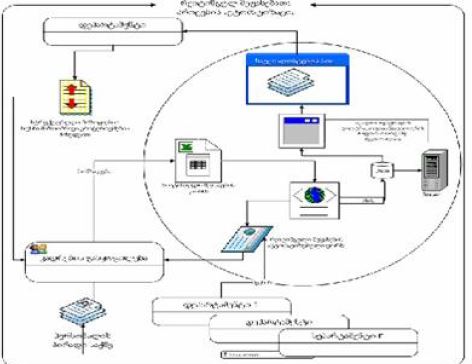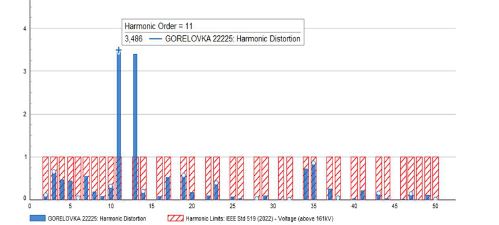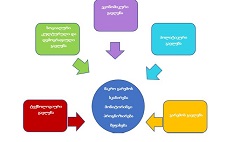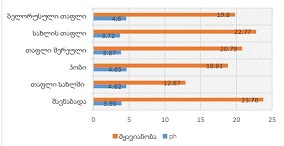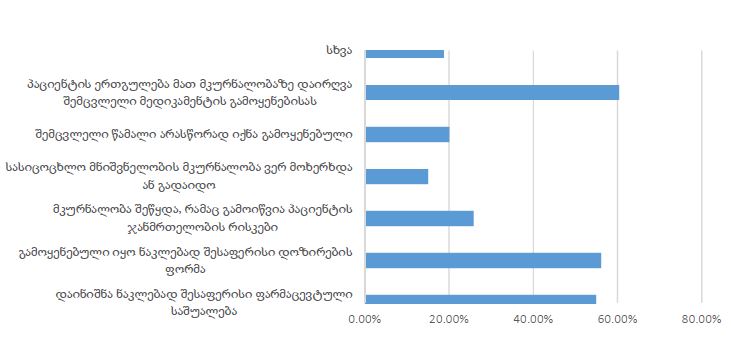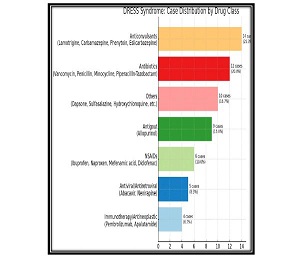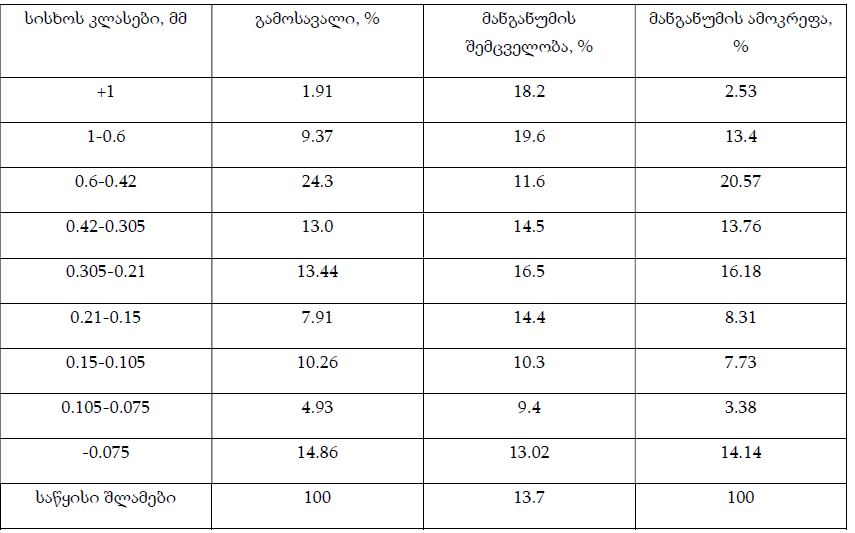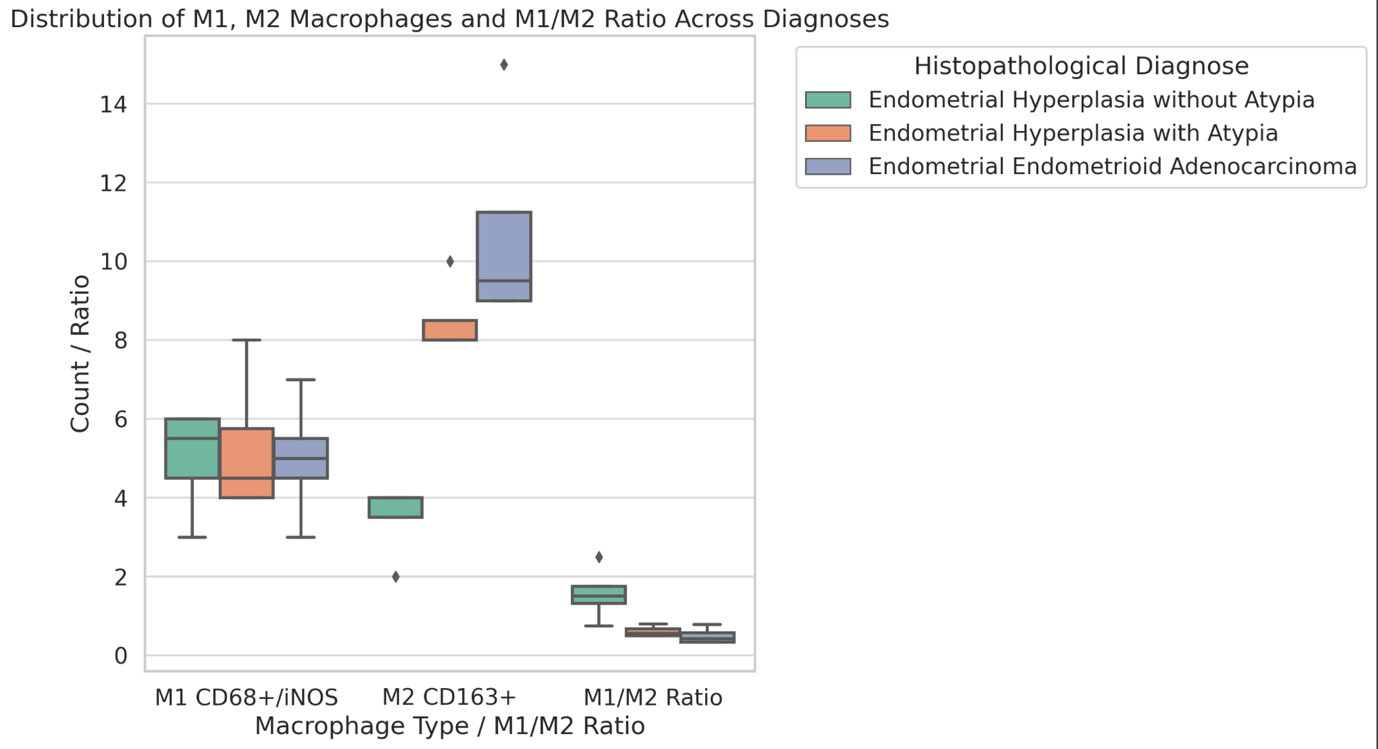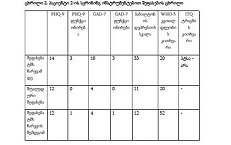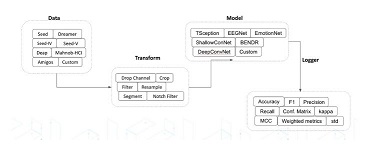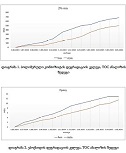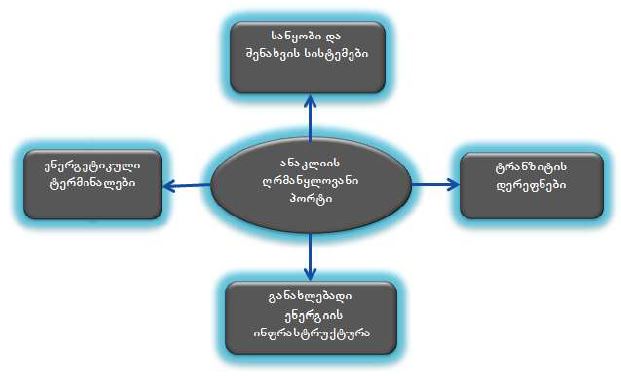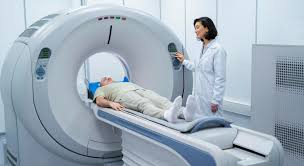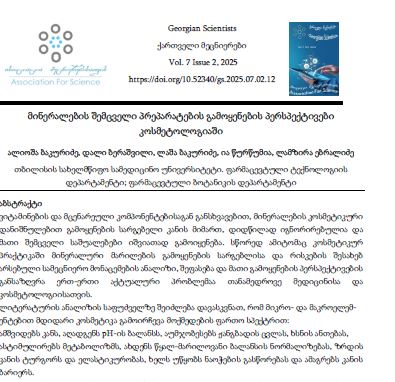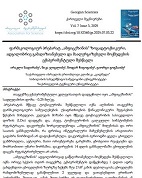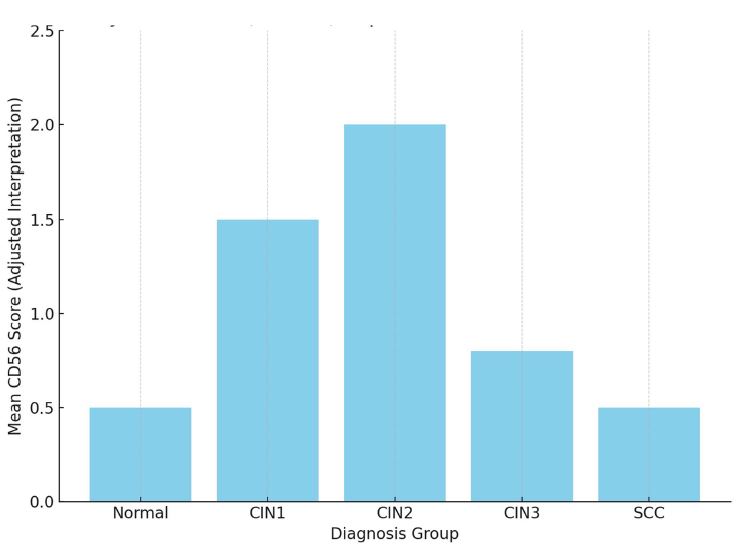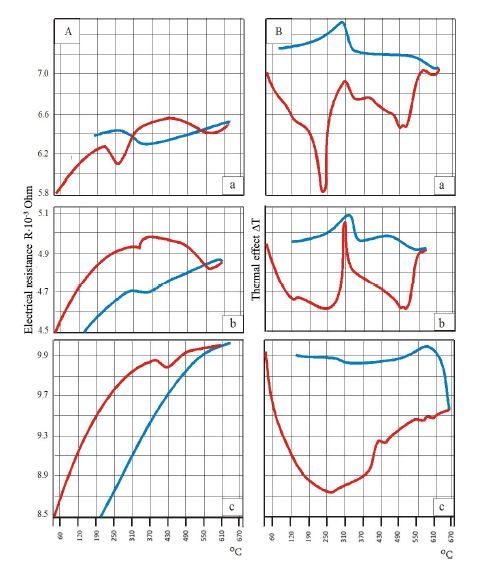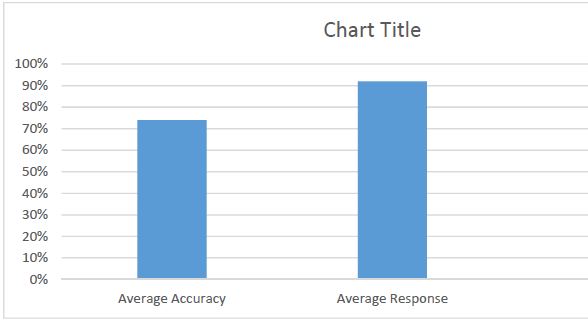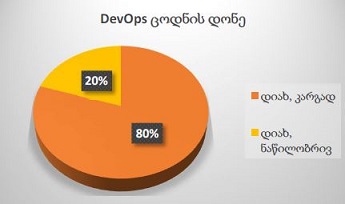CLOSED-LOOP CARDIOPULMONARY BYPASS SYSTEMS WITH REAL-TIME MONITORING AND PHARMACOTHERAPY STRATEGIES: INNOVATIONS, OUTCOMES, CLINICAL IMPACT AND FUTURE DIRECTIONS IN GENERAL
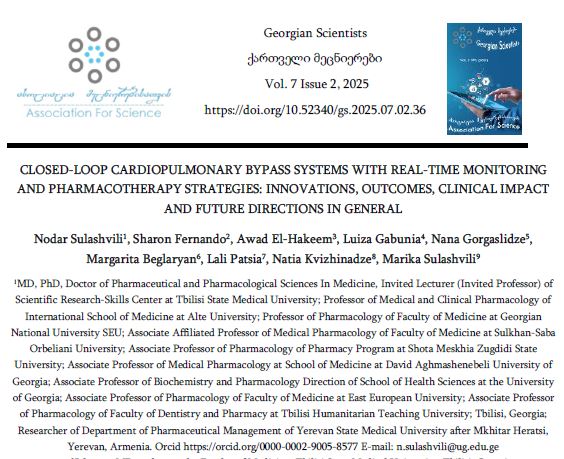
Downloads
Cardiopulmonary bypass (CPB) systems are a critical component in modern cardiac surgery, supporting the circulation and oxygenation of blood during procedures that require the temporary cessation of heart and lung function. Traditional CPB systems, however, are open-loop and operator-dependent, often limited by delayed response times, suboptimal control of hemodynamics, and variability in pharmacologic interventions. In recent years, the integration of closed-loop control mechanisms, real-time monitoring, and advanced pharmacotherapy strategies has marked a transformative shift in the design and application of CPB technologies. This paper explores the features, innovations, outcomes, and future directions of these next-generation closed-loop CPB systems. Closed-loop CPB systems incorporate feedback-controlled algorithms that autonomously adjust key parameters such as perfusion pressure, flow rate, oxygen delivery, temperature, and acid-base balance. These systems leverage continuous data input from sophisticated monitoring sensors to dynamically maintain homeostasis, thereby reducing the burden on clinical personnel and minimizing the risks of human error. Real-time monitoring includes parameters such as arterial and venous blood gases, lactate levels, hemoglobin concentration, systemic vascular resistance, and cerebral oximetry, all of which inform precise adjustments in perfusion and pharmacologic dosing. The integration of biosensors and digital health platforms facilitates constant communication between physiological data and therapeutic interventions. Pharmacotherapy during CPB is equally enhanced through automation. The inclusion of infusion pumps and smart drug delivery platforms enables precise titration of vasoactive drugs, anticoagulants, anesthetics, and anti-inflammatory agents based on real-time physiological feedback. Algorithms programmed into closed-loop systems can adapt drug dosages in response to shifting clinical conditions, optimizing hemodynamic stability and reducing the incidence of complications such as ischemia, coagulopathy, or systemic inflammatory response syndrome (SIRS). These capabilities are particularly valuable in high-risk populations such as pediatric or elderly patients, where physiological tolerance is narrow. Recent clinical and experimental studies have demonstrated significant benefits associated with the implementation of closed-loop CPB systems. These include improved intraoperative hemodynamic control, decreased duration of bypass, reduced blood product utilization, lower postoperative inflammatory markers, and shorter intensive care unit stays. The shift toward data-driven, patient-specific perfusion strategies has also opened avenues for individualized medicine, enhancing the safety and efficacy of cardiovascular surgical procedures. Despite these advancements, challenges remain in the standardization, regulatory approval, and integration of closed-loop systems across diverse surgical settings. There is a need for multicenter trials, robust validation protocols, and interdisciplinary collaboration among engineers, perfusionists, and clinicians to refine algorithm accuracy and ensure clinical reliability. Moreover, the ethical and logistical aspects of autonomous decision-making in critical care environments must be carefully addressed. Closed-loop cardiopulmonary bypass systems with real-time monitoring and pharmacotherapy treatment strategies represent a pivotal innovation in cardiac surgery. Their ability to offer responsive, adaptive, and precise management of patient physiology heralds a future where CPB becomes safer, more efficient, and increasingly personalized. Ongoing research and development will further enhance these systems, positioning them at the forefront of technological progress in cardiovascular medicine.
Downloads
Xie, Y., Wang, Y., Zhang, L., & Li, H. (2024). Utilizing mesenteric near-infrared reflectance spectroscopy to predict gastrointestinal complication risks and optimize feeding strategies in infants undergoing cardiac surgery. Pediatric Investigation, 8(1), e12437.
Abdul-Khaliq, H., Schubert, S., Troitzsch, D., Huebler, M., Boettcher, W., Baur, M. O., & Lange, P. E. (2013). Cerebral near-infrared spectroscopy correlates to vital parameters during cardiopulmonary bypass surgery in children. Pediatric Cardiology, 34(5), 1109–1115.
Wang, D., Zhou, X., Sumpter, L. R., Ballard-Croft, C., & Zwischenberger, J. B. (2015). Continuous metabolic monitoring in infant cardiac surgery: Toward an individualized cardiopulmonary bypass strategy. Artificial Organs, 39(12), 1050–1056. https://doi.org/10.1111/aor.12501.
Ersoy, O., Yildirim, M., Yildirim, A., & Yavuz, S. (2012). Cerebral perfusion during cardiopulmonary bypass in children: Correlations between near-infrared spectroscopy, temperature, lactate, pump flow, and blood pressure. Perfusion, 27(6), 487–493.
Zhang, Y., Li, X., Wang, Y., & Liu, Y. (2025). Goal-directed perfusion to reduce acute kidney injury after pediatric cardiac operation: A randomized controlled trial. The Annals of Thoracic Surgery, 119(2), 456–463.
Liu, H., Wang, Z., Zhang, L., & Chen, Y. (2010). Clinical real-time monitoring of gaseous microemboli in pediatric cardiopulmonary bypass. Perfusion, 25(1), 15–20.
Dent, C. L., Spaeth, J. P., Jones, B. V., & Bissler, J. J. (2013). Urinary biomarkers and renal near-infrared spectroscopy predict intensive care unit outcomes after cardiac surgery in infants younger than 6 months of age. The Journal of Thoracic and Cardiovascular Surgery, 146(4), 861–867.
Li, J., Zhang, H., & Wang, Q. (2025). Effect of near-infrared spectroscopy on postoperative delirium in cardiac surgery with cardiopulmonary bypass: A systematic review and meta-analysis. Frontiers in Medicine, 12, 11221214.
Slater, J. P., Guarino, T., Stack, J., Vinod, K., Bustami, R. T., Brown, J. M., & Gottesman, R. F. (2017). Perioperative near-infrared spectroscopy monitoring in neonates undergoing cardiac surgery: Association with neurodevelopmental outcomes. Pediatric Critical Care Medicine, 18(3), 213–220.
Ranucci, M., Isgrò, G., Carlucci, C., De Benedetti, D., & Conti, D. (2008). Continuous monitoring of central venous oxygen saturation (PediaSat) in pediatric patients undergoing cardiac surgery: A validation study of a new technology. Journal of Cardiothoracic and Vascular Anesthesia, 22(6), 847–852.
Reinhart, K., Bloos, F., & Konig, F. (2004). Continuous central venous and pulmonary artery oxygen saturation monitoring in the critically ill. Intensive Care Medicine, 30(8), 1572–1578.
Mahajan, A., Rath, G. P., & Bithal, P. K. (2007). An experimental and clinical evaluation of a novel central venous catheter with integrated oximetry for pediatric patients undergoing cardiac surgery. Anesthesia & Analgesia, 105(6), 1598–1602. https://doi.org/10.1213/01.ane.0000287655.96414.3e
Rivers, E. P., Ander, D. S., Powell, D., & Martin, C. M. (2001). Central venous oxygen saturation monitoring in the critically ill patient. Current Opinion in Critical Care, 7(3), 204–211.
Pearse, R. M., Dawson, D., Fawcett, J., Rhodes, A., Grounds, R. M., & Bennett, E. D. (2005). Changes in central venous saturation after major surgery, and association with outcome. Critical Care, 9(6), R694–R699.
Scalea, T. M., Holman, M., Fuortes, M., Baron, B. J., Phillips, T. F., & Goldstein, A. S. (2007). Central venous oxygen saturation: A useful clinical tool in trauma patients. Pediatric Critical Care Medicine, 8(3 Suppl), S50–S54.
Tweddell, J. S., Hoffman, G. M., Mussatto, K. A., Fedderly, R. T., Berger, S., Jaquiss, R. D. B., & Ghanayem, N. S. (2002). Postoperative management in patients with complex congenital heart disease. Seminars in Thoracic and Cardiovascular Surgery: Pediatric Cardiac Surgery Annual, 5, 187–205.
Sanders, C. L. (1997). Making clinical decisions using SvO2 in PICU patients. Dimensions of Critical Care Nursing, 16(5), 257–264.
Mohseni, H., & Wang, Y. (2011). Evaluation of a new pediatric continuous oximetry catheter. Pediatric Critical Care Medicine, 12(4), 437–441.
Lemson, J., & van der Hoeven, J. G. (2011). Advanced hemodynamic monitoring in critically ill patients. Pediatrics, 127(5), e1177–e1183.
Ranucci, M., Isgrò, G., Carlucci, C., De Benedetti, D., & Conti, D. (2008). Near-infrared spectroscopy correlates with continuous superior vena cava oxygen saturation in pediatric cardiac surgery patients. Pediatric Anesthesia, 18(12), 1163–1169.
Adams, Benjamin D., Hiroshi Tanaka, and Sarah J. Williams. 2022. "Closed-Loop Control of Heparin Dosing During Cardiopulmonary Bypass: A Randomized Clinical Trial." Journal of Thoracic and Cardiovascular Surgery 164, no. 5 (November): 1421–1432.
Anthea Hospital, GVM Care & Research. 2024. Health Technology Assessment of Cardiopulmonary Bypass Circuit with and without Phosphorylcholine Coating: A Retrospective Study on Safety and Efficiency in Cardiac Surgery. Life (Basel) 14, no. 7 (July): 851.
Burnett, Allison, and Kathryn Dane. 2025. "Venous Thromboembolism: Primary Prevention." In *PSAP 2025 Book 1 (Cardiology): Pharmacotherapy Self-Assessment Program*, edited by Nicholas W. Carris, 145–168. ACCP.
Chen, Wei, and Mehmet Ozturk. 2023. "Machine Learning Algorithms for Real-Time Hemodynamic Stability Prediction in Automated Cardiopulmonary Bypass Systems." Annals of Biomedical Engineering 51, no. 4: 799–812.
Future Market Insights. 2025. Cardiopulmonary Bypass System Market Outlook 2025 to 2035.
Kowaleski, John, et al. 2025. "Meta-Analysis of Miniaturized Extracorporeal Circuits in Coronary Artery Bypass Grafting: Clinical and Economic Outcomes." The Cardiothoracic Surgeon 33: 11.
Miranda, Aimon C., and Cyrille Cornelio. 2025. "Heart Failure with Preserved Ejection Fraction: Perioperative Management in Cardiac Surgery." In *PSAP 2025 Book 1 (Cardiology): Pharmacotherapy Self-Assessment Program*, edited by Nicholas W. Carris, 95–120.
National Institutes of Health. 2024. Smart Perfusion Systems: Strategic Roadmap 2025–2035. Bethesda, MD: National Heart, Lung, and Blood Institute.
Rudd, Kelly M. 2025. "Antithrombotic Therapy for Valvular Heart Disease." In *PSAP 2025 Book 1 (Cardiology): Pharmacotherapy Self-Assessment Program*, edited by Nicholas W. Carris, 185–200.
StatPearls Publishing. 2025. "Cardiopulmonary Bypass." In StatPearls [Internet]. Treasure Island, FL: StatPearls Publishing.
Aphkhazava, David, Nodar Sulashvili, and Jaba Tkemaladze. 2025. “Stem Cell Systems and Regeneration”. Georgian Scientists 7 (1):271-319. https://doi.org/10.52340/gs.2025.07.01.26.
Aphkhazava, D., Sulashvili, N., Tupinashvili, T., & Nozadze, M. (2024). Dynamic Cellular Equilibrium Theory of Aging: Integrating Maintenance and Accumulation in the Aging Process. Scientific Journal „Spectri“, 8(2). https://doi.org/10.52340/spectri.2023.08.02.03
Aphkhazava, D., Tuphinashvili, T., Sulashvili, N., & Nozadze, M. (2023). The Features and Role of SHP2 Protein in Postnatal Muscle Development. Scientific Journal „Spectri“, 1. https://doi.org/10.52340/spectri.2023.01
SULASHVILI, N., BEGLARYAN, M., GORGASLIDZE, N., KOCHARYAN, S., CHICHOYAN , N., GABUNIA, L., … ZARNADZE, S. (DAVIT). (2023). THE DISCLOSURE OF FEATURES, CHARACTERISTICS, POSSIBILITIES AND SPECIALTIES OF CLINICAL PHARMACISTS AS MEDIATOR AMONG DOCTORS AND PATIENTS FOR ENHANCEMENT PUBLIC HEALTH SECTOR IN A GLOBAL WORLD. Experimental and Clinical Medicine Georgia, (4), 57–62. https://doi.org/10.52340/jecm.2023.04.15
SULASHVILI, N., GORGASLIDZE, N., GABUNIA, L., GIORGOBIANI, M., & RATIANI, L. (2023). MANIFESTATION OF THE PARTICULARITIES OF THE USAGE FEATURES OF MONOCLONAL ANTIBODIES IN VARIOUS PHARMACOTHERAPEUTIC APPLICATIONS. Experimental and Clinical Medicine Georgia, (4), 52–57.
Sulashvili, N., Davitashvili, M., Gorgaslidze, N., Gabunia, L., Beglaryan, M., Alavidze, N., … Sulashvili, M. (2024). THE SCIENTIFIC DISCUSSION OF SOME ISSUES OF FEATURES AND CHALLENGES OF USING OF CAR-T CELLS IN IMMUNOTHERAPY. Georgian Scientists, 6(4), 263–290. https://doi.org/10.52340/gs.2024.06.04.24
SULASHVILI, N., GORGASLIDZE, N., GABUNIA, L., GIORGOBIANI, M., & RATIANI, L. (2023). MANIFESTATION OF THE PARTICULARITIES OF THE USAGE FEATURES OF MONOCLONAL ANTIBODIES IN VARIOUS PHARMACOTHERAPEUTIC APPLICATIONS. Experimental and Clinical Medicine Georgia, (4), 52–57. https://doi.org/10.52340/jecm.2023.04.14
SULASHVILI, N., GORGASLIDZE, N., GABUNIA, L., RATIANI, L., KHETSURIANI, S., KRAVCHENKO, V., SULASHVILI, M. (2024). MANIFESTATION OF THE PARTICULARITIES OF SOME KEY ISSUE ASPECTS OF NEW IMMUNOTHERAPY CHALLENGES AND PERSPECTIVES BY CAR-T CELL THERAPY. Experimental and Clinical Medicine Georgia, (4), 119–121. https://doi.org/10.52340/jecm.2024.04.32.
SULASHVILI, N. . ., GORGASLIDZE , N. ., BEGLARYAN , M. ., GABUNIA , L. ., CHICHOYAN , N. ., GIORGOBIANI , M. ., … ZARNADZE, S. (DAVIT) . (2022). THE SCIENTIFIC TALKS OF ESSENTIAL ISSUE, INVOCATION, PERSPECTIVES, INCLINATIONS AND FEATURES OF THE CLINICAL PHARMACISTS GLOBALLY. Experimental and Clinical Medicine Georgia, (7).
Sulashvili N, Nimangre RR. MANIFESTATION OF SOME ASPECTS OF CARDIOVASCULAR DISEASES, IMPLICATIONS, PHARMACOTHERAPEUTIC STRATEGIES, EFFECTS, IMPACTS AND POTENTIAL HAZARDS IN GENERAL. JR [Internet]. 2025 Feb. 7 [cited 2025 May 22];3(1):1-27. Available from: https://journals.4science.ge/index.php/jr/article/view/3393.
Sulashvili N, Yaduvanshi U, Yadav M, Gabunia L, Ghambashidze K, Gorgaslidze N, et al. THE SCIENTIFIC DISCOURSE OF FEATURES OF CLINICAL USE AND PHARMACOLOGY OF VASOCONSTRICTORS AND THEIR IMPACT ON CARDIAC FUNCTION. JR [Internet]. 2025 Feb. 21 [cited 2025 May 22];3(1):28-6. Available from: https://journals.4science.ge/index.php/jr/article/view/3414.
Nodar Sulashvili, Nana Gorgaslidze, Margarita Beglaryan, Luiza Gabunia, Nato Alavidze, Nino Abuladze, Marina Giorgobiani, Marika Sulashvili, Tamar Okropiridze, and Lali Patsia. 2025. “THE SCIENTIFIC DISCOURSE OF KEY ISSUE ASPECTS OF FEATURES OF CANDIDA PROBLEMS, ANTIFUNGAL DRUGS RESISTANCE CONCERNS, MYCOTOXICOLOGY ISSUES, MYCOECOLOGY, BIOSAFETY RISKS AND EMERGING SOLUTIONS”. Modern Scientific Method, no. 9 (March). https://ojs.scipub.de/index.php/MSM/article/view/5423.
Andersen, Lars M., Priya Mathur, and Elena Rossi. 2024. "Biocompatible Circuit Coatings and Closed-Loop Anticoagulation: Synergistic Effects on Inflammation and Thrombosis in Cardiac Surgery." ASAIO Journal 70, no. 6 (June): 487–495.
Dane, Kathryn, and Allison Burnett. 2025. "Pharmacogenomics in Perioperative Anticoagulation: Implications for Automated CPB Systems." In *PSAP 2025 Book 1 (Cardiology): Pharmacotherapy Self-Assessment Program*, edited by Nicholas W. Carris, 201–218.
European Society of Cardio-Thoracic Surgeons (EACTS). 2023. Guidelines for Real-Time Monitoring and Automated Control in Extracorporeal Circulation. EACTS Technical Standards Committee.
Kato, Hiroko, Rajiv Singh, and Marco De Andrade. 2024. "Closed-Loop Vasoactive Drug Delivery in High-Risk Cardiac Surgery: Impact on Hemynamic Stability and Organ Perfusion." Journal of Cardiothoracic and Vascular Anesthesia 38, no. 7 (July): 1623–1631.
Yamamoto, Kenji, Lisa M. Peterson, and Michael Chang. 2025. "Artificial Intelligence for Predictive Heparin-Protamine Titration in Pediatric Cardiopulmonary Bypass." Pediatric Critical Care Medicine 26, no. 2 (February): e78–e88.
Copyright (c) 2025 Georgian Scientists

This work is licensed under a Creative Commons Attribution-NonCommercial-NoDerivatives 4.0 International License.









